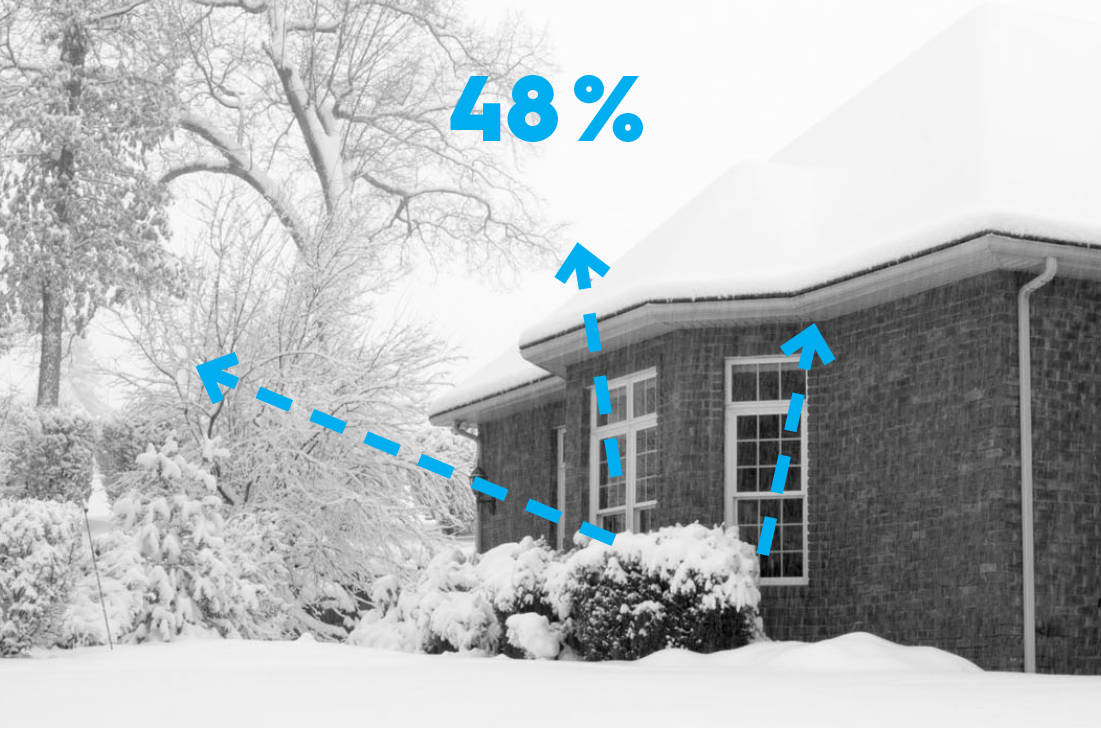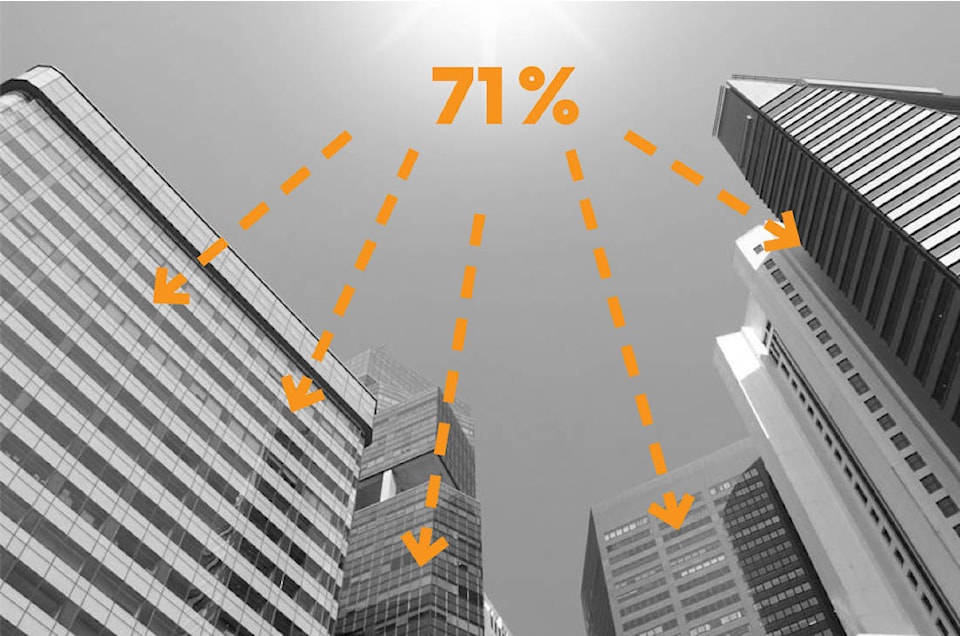Sponsored by Nanotech | Impress Branded Content
The earliest windows were just holes in the wall. They let in fresh air and allowed for light to enter our dwellings. Unfortunately, those early windows weren’t very good at separating the elements from where we lived.
Over time, windows got a little better and were built to protect the inhabitants from the elements using materials such as skins draped over the openings, thin layers of animal horn set into the holes in the wall and even oiled paper. It wasn’t until the seventeenth century that glass became a common material, although it was expensive, of low quality and quite unlike the glass we know today.
In fact, we had to wait until the early twentieth century when the invention of drawn glass processes allowed for the relatively inexpensive use of glass in buildings.
Today virtually every home has glass windows to let in the light and keep the weather and wildlife outside. At the commercial level, whole office towers are constructed using floor to ceiling glass to create shimmering towers of reflected light.
But there’s a problem.
As much as we love our windows, they are also a building’s weak spot.
They may look great, but windows are very inefficient. Glass can allow as much as 48 per cent of radiant heat – produced by your furnace or baseboard heaters – to pass right through. That increases heating costs.
In the summer windows allow 71 per cent of the sun’s direct heat into buildings, increasing the air conditioning costs tremendously.
In fact, it’s estimated that around 25 per cent of a building’s total energy loss comes as a direct result of window design.
But according to Alain Vadeboncoeur of NanoTechnology Solutions Inc, we’ve entered a new era of efficient windows, and the solution is linked to a technology right out of science fiction.
It originated in Japan, where 15 years of research finally developed a product that, when applied directly onto existing glass windows, will exponentially decrease the transmission of both ultraviolet and infrared transmission through the glass. In layman’s terms, that means the heat of the sun coming through windows is significantly blocked, and the heat inside the home doesn’t escape through the windows.
“In the past people have tried to apply reflective films to the glass, but they would peel off and weren’t particularly effective,” said Vadeboncoeur, adding that tinted glass also had very little effect on energy costs. “The product we have is very different,” he said.” It’s a coating that bonds with the glass on a molecular level.”
How does it work?
The thermal barrier of a nano coated window involves the use of particles that are between 10 and 100 nanometers in size. (A nanometer is one billionth of a meter and as a frame of reference, a human hair is about 80,000 nanometers thick.) When material is broken down into such small particles, more atoms are presented at the surface level, and those particles are extremely dense and hard.
“This is more than amazing,” said Vadeboncoeur. “Nothing in the world can compare with it…it’s going to revolutionize the world of windows.”
Vadeboncoeur’s company, NanoTechnology Solutions Inc., is based out of Innisfail and is the Western Canada authorized distributor of Sketch Nanotechnologies, based in Montreal. They are the single rights holders of this amazing new technology in Canada.
“The product has only been available since 2014, but already we’ve made a huge impact on the industry. At a time when energy costs and the environmental impact of energy conservation are on everyone’s mind, this nano technology is set to become part of the solution we need,” said Vadeboncoeur.
More information on thermal window coating can be found at http://www.sketchnano.com/en/distributeurs/ or find out more on Facebook, Twitter, Instagram and LinkedIn.

